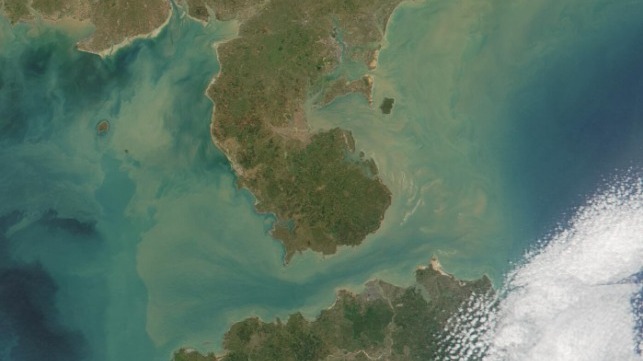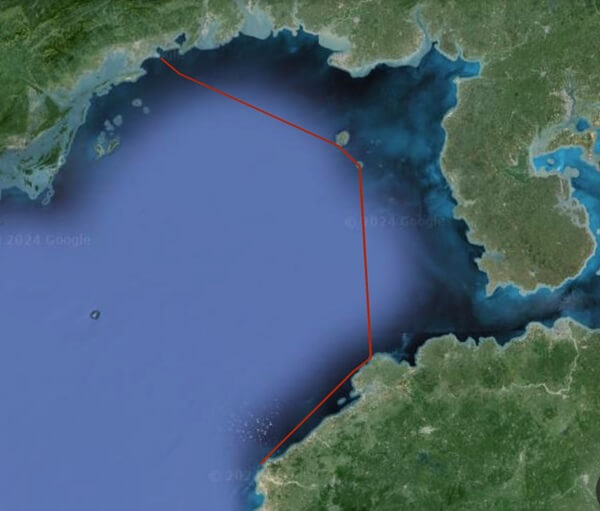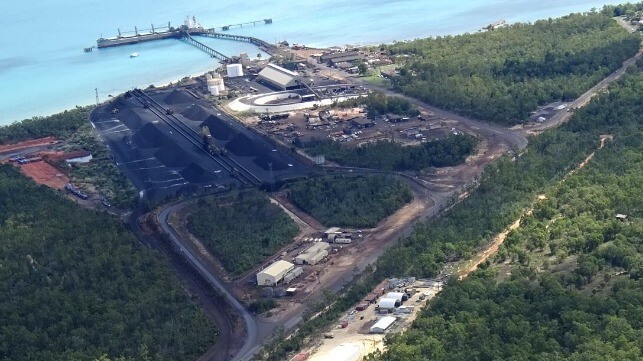Report: Dark Fleet Tanker Had a Collision off Denmark
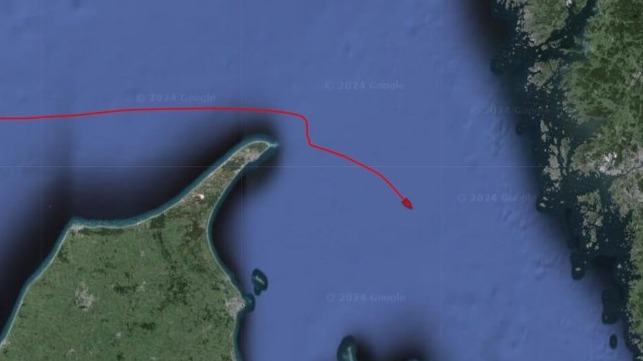
A recent collision involving a "dark fleet" tanker has revived Denmark's worst fears about the ships that carry hundreds of thousands of barrels of Russian crude through the Danish Straits every day. If something should go wrong, it is unclear whether the true owner could be found, or whether an insurer would pay to cover the costs of a cleanup.
On March 2, the 15-year-old tanker Andromeda Star was involved in a collision with an unnamed vessel, the Danish Maritime Authority confirmed to Bloomberg. AIS data provided by Pole Star shows that at about 0700 hours that morning, the tanker slowed to a sudden stop as it rounded the northern tip of Jutland. The ship was in ballast condition at the time and was headed for a Russian port to load oil.
After the encounter, the Andromeda Star anchored south of Copenhagen until March 16, when it relocated to an anchorage next to the ship repair yard in Odense.
Andromeda Star was sold to undisclosed buyers four months ago, and its Equasis record has not been updated with the identity of the new owner. Its Indian manager, Margao Marine Solutions, was launched in late 2022 and operates three older tankers, all flagged in Panama.
The Star's P&I insurer is not listed in her Equasis record, and a search for her coverage information in the database of the International Group of P&I companies returns no results. The dark fleet has largely turned to using second-tier insurance options outside of the International Group, since the G7 price cap policy restricts which Russian cargoes are eligible for European or American coverage.
The risks of questionably-insured dark fleet tankers are at top of mind for Denmark's maritime regulators. Last week, investigative NGO DanWatch and the Financial Times reported that one of the largest alternative insurers - Russian firm Ingosstrakh - may deny casualty claims if the insured cargo breached the G7 price cap. Since insurance of this type is often purchased for that purpose, and many cargoes departing Russia's Baltic ports are known to breach the price cap, Denmark may face a substantial uninsured risk in the event of a spill - especially since many "dark fleet" tankers are approaching or beyond typical retirement age for a crude-carrying vessel.
Evergreen Containership and Smaller Bulker Collide off China
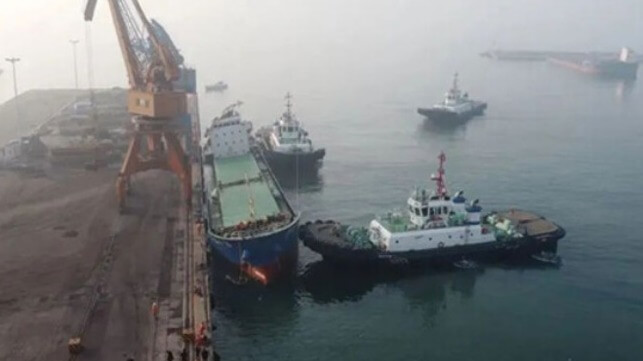
Chinese officials released details on a collision between an Evergreen containership and a local bulk carrier. The accident last week required the evacuation of the crew from the smaller bulker which was severely damaged and remains under investigation.
The Qingdao Maritime Affairs Bureau reported that the Ever Lucid (105,000 dwt) was outbound from Qingdao after departing on March 13. The vessel was heading to Shanghai but on the morning of March 14 collided with the bulker Huahai 78 off the port of Qingdao.
No one was injured aboard either vessel despite significant damage to the bulker. The vessel, which is 289 feet (88 meters) in length, started taking on water flooding its engine room. The bridge of the vessel was also severely damaged leaving the vessel unable to navigate. The local authorities reported that an immediate evacuation was required of the vessel. The 12 crewmembers were transferred to the Ever Lucid to wait for transfer to shore.
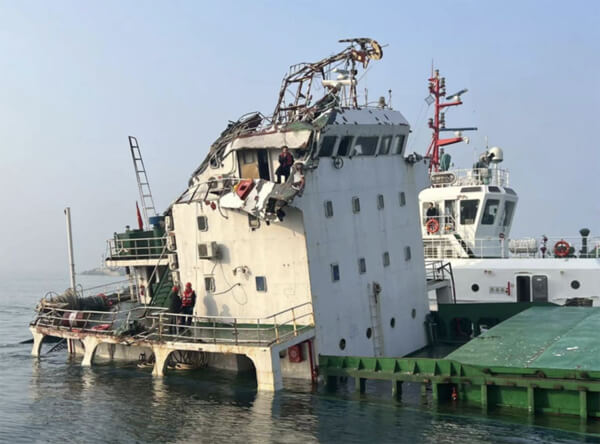
Damage to the bridge and superstructure after the collision with the Evergreen containership
The bulker was taking on water but it stabilized and remained afloat. It however was severely listing. After analyzing the condition of the vessel, the maritime authorities said the decision was made to begin towing the ship to port taking advantage of the good weather and calm seas. It took two tugs and two escort boats nearly 18 hours to get the bulker to port. The vessel was docked on March 15 in Qingdao.
The Ever Lucid, registered in Taiwan and operating on a route between China and Asia to Vancouver, Canada and Tacoma, Washington, suffered only minor damage to its bow. Built in 2014, the vessel has a capacity of 8,500 TEU and is 1,099 feet (335 meters) in length. The containership was taken into the anchorage off the port for the investigation. The containership also remains in Qingdao.
No details were released on the possible causes of the accident. Pictures appear to show hazy conditions which might have limited visibility but the reports cited good weather conditions in the area.
